Clinical traumatologist: Know the signs of self-harm
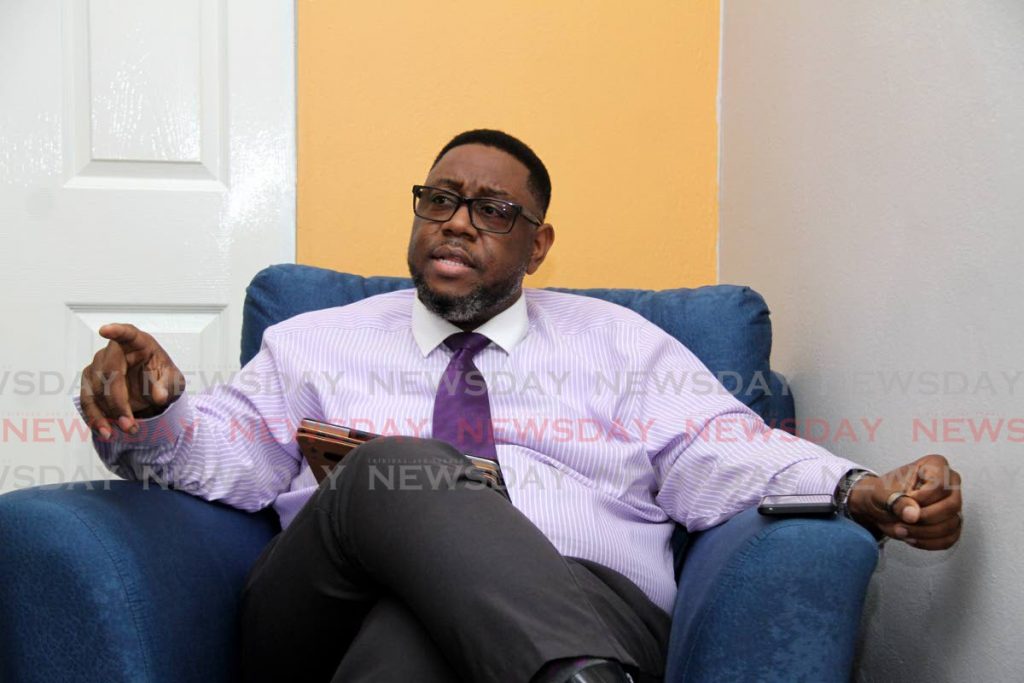
Trigger Warning: This article deals with issues surrounding suicide and suicide prevention in children and adolescents which can trigger negative thoughts or memories for some readers. September is observed as Suicide Prevention Month. If you or someone you know is in need of assistance, contact Childline at 800-4321 or Lifeline (24hour hotline) 800-5588, 231-2824, 220-3636.
THE thought of a child or adolescent taking their own life for many people is unfathomable. It has long been the thinking that children, because they are not burdened by the demands of adulthood, do not have that much to complain about. This could not be further from the truth.
Young adults struggle to understand the world around them just as much as the adults in their lives, some may argue even more so. While there are many areas where children can have difficulties coping with their environment, the most recent, and arguably the most pressing problem, was created by the global covid19 pandemic.
“There are gross inequities, from the start of the pandemic, which has caused serious mental health challenges and has led to risky, (sometimes) suicidal behaviour,” said clinical therapist and traumatologist Hanif Benjamin. “We keep operating like everyone is on the same playing field and it drives me crazy.”
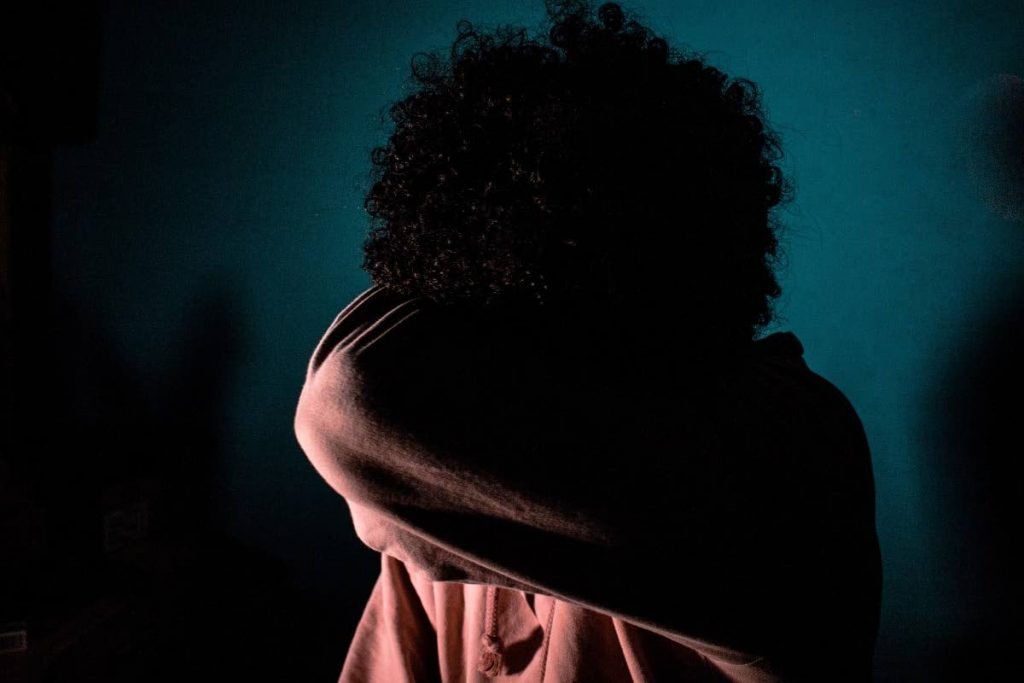
Benjamin, certified in child trauma, said while education was difficult before the pandemic, covid19 has separated students even further apart.
He said while the Ministry of Education places emphasis on academia, the mental health of students continues to deteriorate. “When students score low on the aptitude tests, is it because of their work or a psychosocial issue?
“We should be testing students to see if they have depression and anxiety. We have to test for trauma. Maybe the low academic performance is as a result of their mental health challenges.”
He said every child should go through a basic biopsychosocial assessment – an inter-disciplinary model that looks at the interconnection between biology, psychology, and socio-environmental factors – to establish where the child is mentally. “Once we have that baseline, we can then apply the aptitude test to figure out the link. We are missing the boat. We are putting children in a bad place. That is why they are hurting themselves.” Benjamin also advised teachers to have non-academic sessions with their students. “Just sit and ole’ talk. Discuss how they’re feeling. Pay attention to students who you know are normally active, but have become inactive over time.
“I want you to pay attention to the dwindling interest of students because you may have to throw them a lifeline.”
He said some of the students who are now struggling with their academics began having problems during online classes. “I have clients who are A students in the classroom, but online they are C and D students. They don’t know how to manage that change because of external and internal pressures.”
Peers are always the first to know
“Part of (children’s and adolescents’) natural development is interacting with their peers,” he said. “That is where learning happens; peer interaction is critical.” He said he always ask parents not to be too punitive about their children interacting with friends, even if it’s on social media.
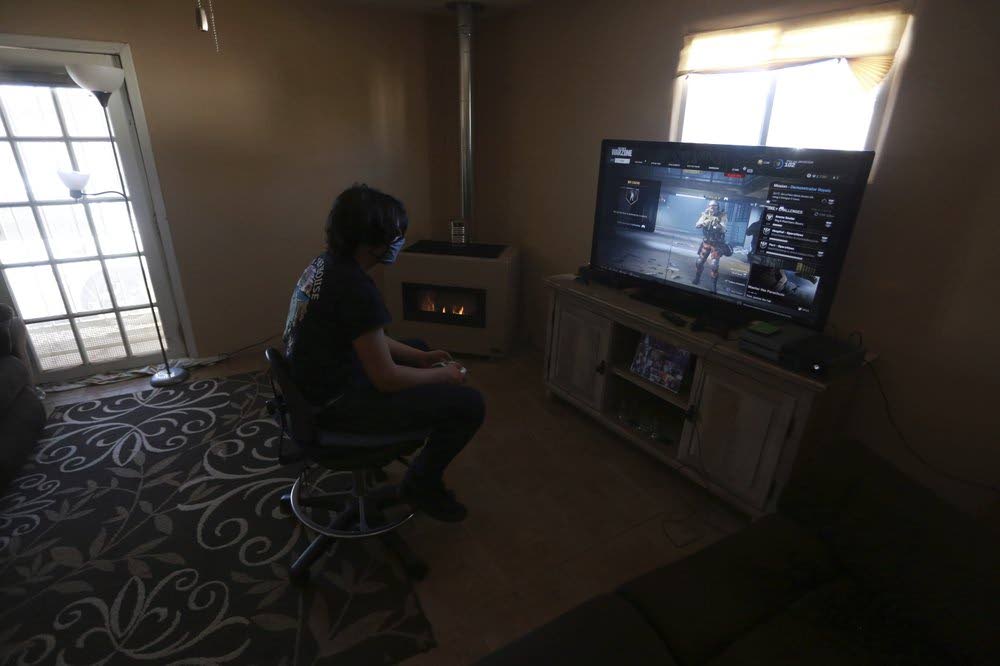
“Create a safe space for children to be on social media. Peers are the ones who know first when something is wrong.”
He said it is important for educators and parents to learn how to help young people develop peer interactions using the online system.
He said parents should not be too rigid with homework sessions for their children. Parents can try having a Zoom session with friends to keep each other company while they complete their homework, he said.
“Before the pandemic, we had an opportunity in schools where children would speak to their peers; they had the benefit of a guidance counsellor or social worker, as limited as it was. They had the benefit of a teacher during break time or lunchtime. That was before.
“Now children are at home without the benefit of teachers or peers who can see what is happening. Children are in a serious conundrum and it continues to pain me that we have not been able to find a way forward for them yet, two years into the pandemic.”
He said parents are sometimes so busy with their own lives they can miss the signs.
Know the signs
Benjamin said it is important, first of all, to know the difference between suicide and non-suicidal self-harm. “We automatically associate self-harm with suicide. Suicidal behaviour involves the intent to die. It can be either suicidal ideation (thinking about suicide or wanting to take your own life) or action (fatal or non-fatal attempts).”
Non-suicidal self-injury involves socially unacceptable self-inflicted harm to the body without the intent to die.
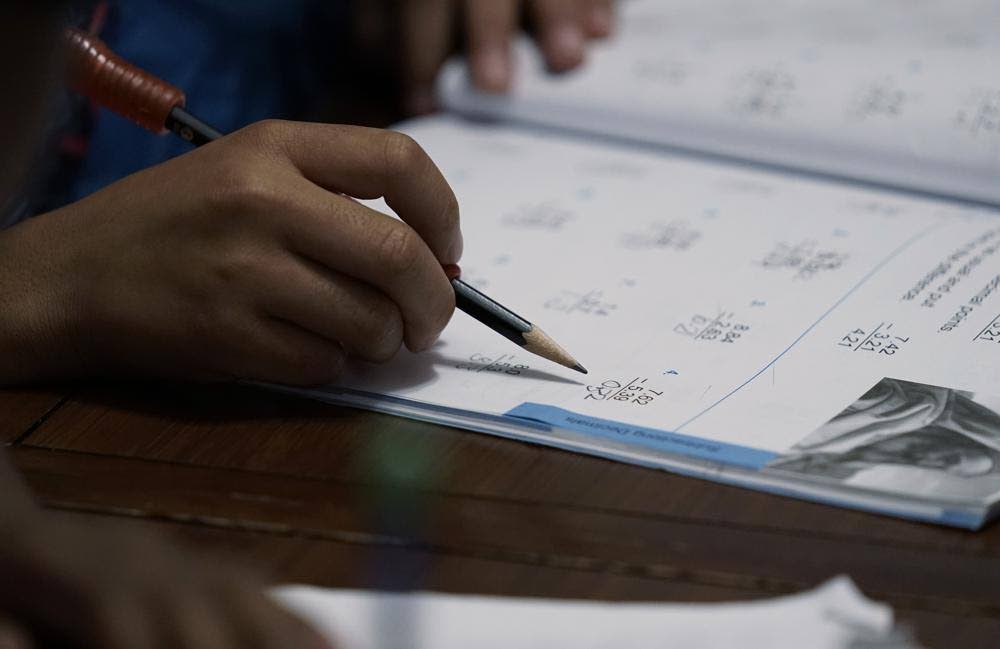
He said it is important to understand why a person would want to harm themselves. “Self-harm, while it is not the intent to die, can at some point lead to suicide when it is no longer an effective coping mechanism.”
He said people self-harm because of internal stressors, trauma and pain. “When they feel numb, they self-harm to feel something. Just like drugs or alcohol, you take more of it when it becomes less effective because you want to get that long-lasting effect.”
He said there are several risk factors for suicidal behaviour, including depression, substance use, anxiety, impulsive aggression, and a history of trauma.
“We’re talking about children who have become withdrawn, more reserved. Some people will ask, ‘Well what if the child was already quiet?’ I say, worry not because once you understand that child’s baseline, you will know when you have gone beyond it.”
He said parents and teachers should pay attention to children who no longer want to meet with friends or have withdrawn themselves from other social activities, physical or virtual. “Once you realise they have withdrawn themselves from the things they usually want to partake in, tell yourself, ‘We have a problem.’”
He said in general, children and adolescents communicate through their behaviour or emotions. “In younger children, you will find more tantrums and irritability; they get easily angry or upset. In adolescents, you will find rapid mood changes. Don’t mistake mood changes from adolescent development. Again, you have to understand the baseline. If their mood changes to a greater extent, then there is a need for concern. You need to understand your child or children.”
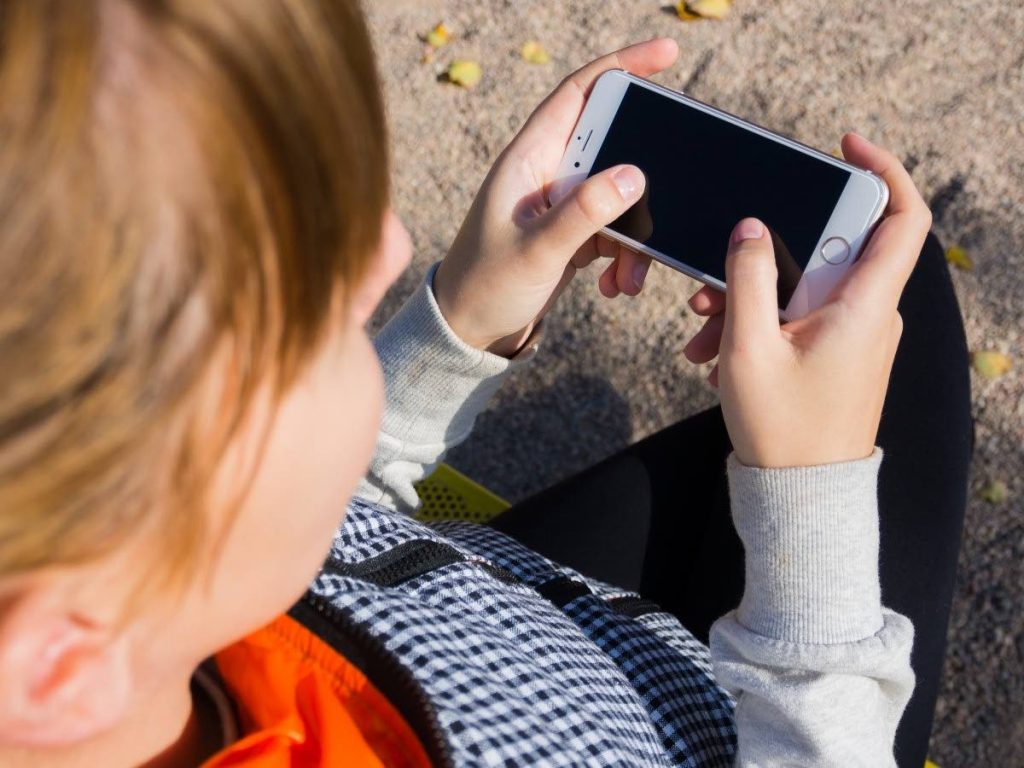
He said parents and guardians especially should not judge adolescents too harshly. “For older adolescents, a break up in a relationship is a real thing…Young people are struggling with their own development and therefore changes can be a major thing.”
He said if parents or guardians suspect a child of being suicidal, they should be mindful of what to say. “Do not say, ‘She looking for attention. Leave she right there.’ I want them to be supportive without reinforcing their behaviour.
“Even if you don’t understand, acknowledge the pain.” He also said parents or guardians should not promise confidentiality. If the child needs to get extra help or support, they should reach out.
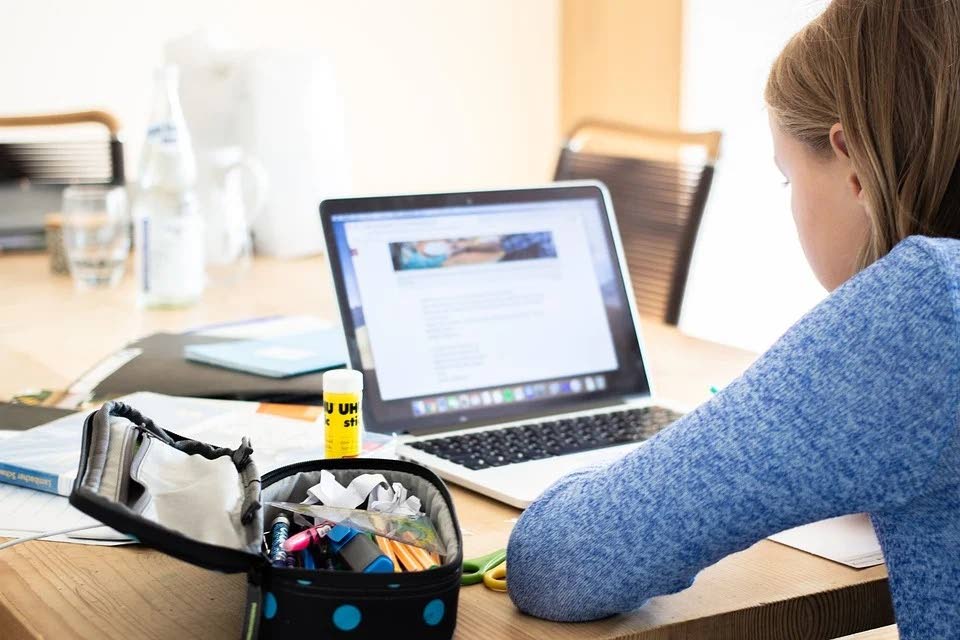
“Encourage them to speak to a professional. Remove the shame and guilt which cause taboo and come to a professional. Too many of our people are suffering right now (and) do not understand the changes they are going through. We as the adults do not always have the patience to help them understand. We need to find a space for our children to say what they feel. When they speak up, only then are we able to put things in place for their survival.”


Comments
"Clinical traumatologist: Know the signs of self-harm"